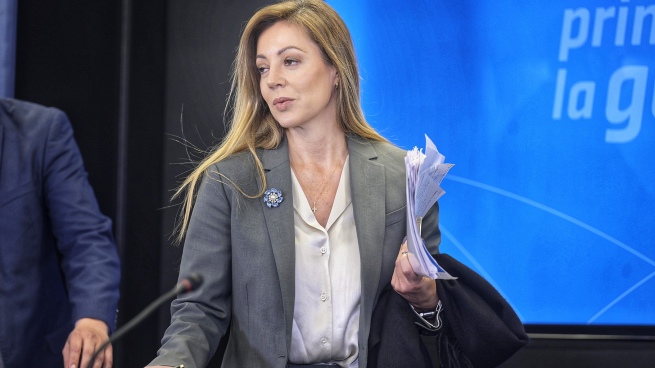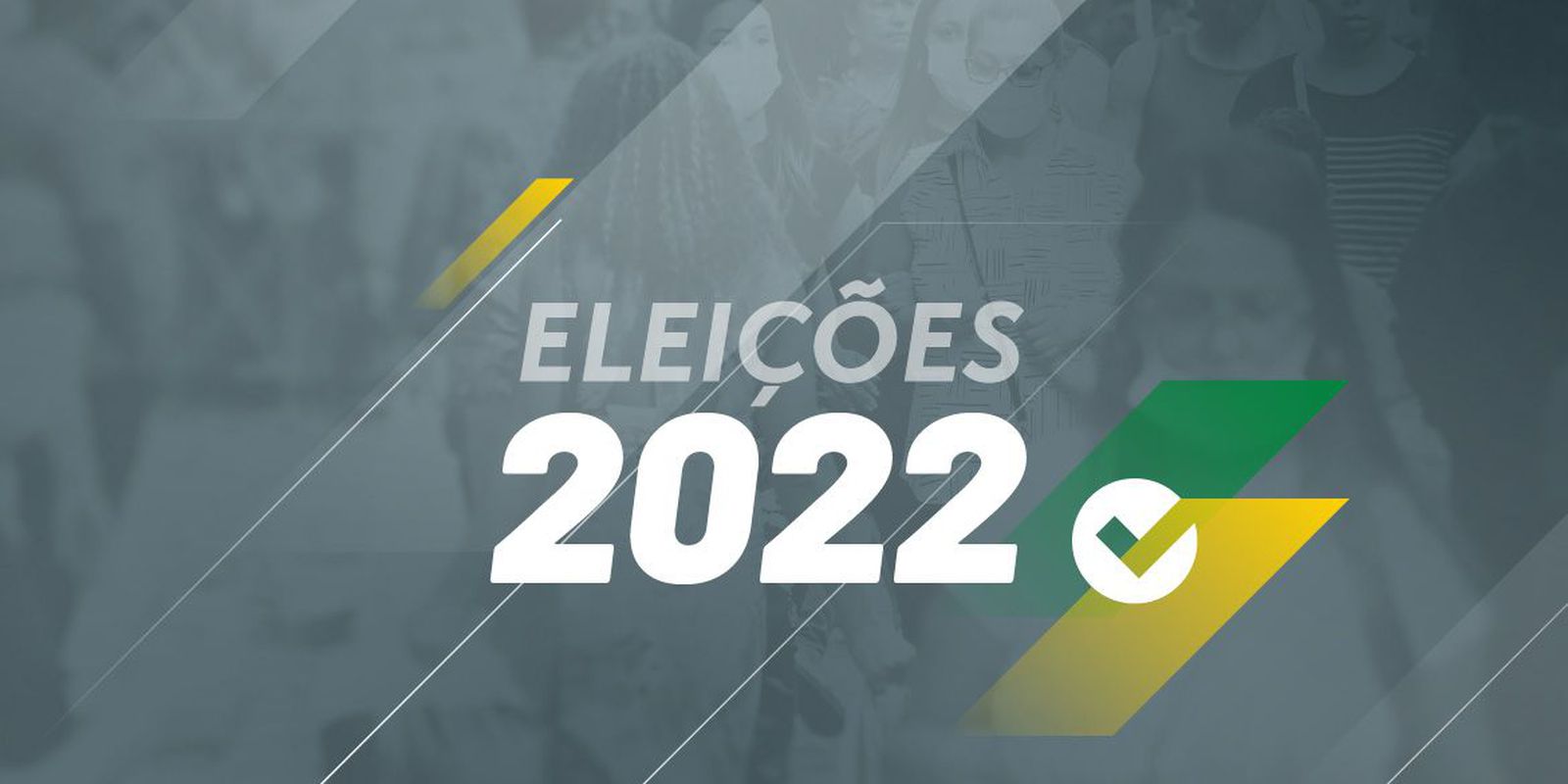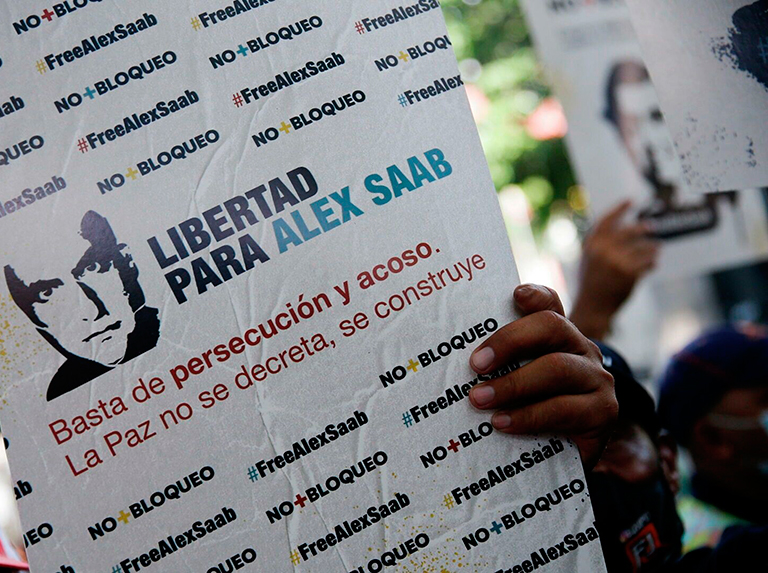The new subsidy redistribution scheme for electricity, network natural gas and drinking water services will result in a Tax savings of $47.5 billion for this year and $455 billion for 2023according to the impact of the gradual reduction of the State contribution to consumers presented today by the Secretary of Energy, Flavia Royon.
“We estimate fiscal savings of $47,500 for this year, which in the annualized total represents a total of $455,000 million for 2023,” Royón said during a press conference that lasted an hour and a half at the Palacio de Hacienda.
The Secretary of Energy formulated these details together with the Secretary of the Treasury, Raul Rigo; the Undersecretary of Hydrocarbons, Federico Bernal;the undersecretary of Electric Power, santiago yanotti; the Undersecretary of Planning, Celia Garibottiand the owner of Aysa, Malena Galmarini.
“It is not a rate increase but a redistribution of subsidies.”Flavia Royon
“The segmentation has been thought from a criterion of a distribution based on social justice and equity. Today, 50% of the population with higher incomes receive 60% of the subsidies” said Royón when presenting the scheme in the Microcine of the Palacio de Hacienda.
In the same sense, the secretary explained that “what is to be proposed in this readjustment and update of rates is that the subsidy really reaches those who need it most. In this policy, families come first, it is a distributive policy with a social sense “.
Thus, broadly speaking, the reordering of subsidies will fall on the sectors with the highest income and those corresponding to the social rate will be maintained, with a gradual decrease in the middle sectors.
The fiscal savings due to the tariff readjustment implies, in the preliminary numbers, a cut that oscillates between “0.4/0.5%” of the GDP for 2023, while for the remaining months this year “it will be a third” of the annual calculation, as explained by Raúl Rigo.
The segmentation respects the criteria established in decree 332/2022, which establishes three levels of users according to their economic capacity, which will be complemented by the criteria established according to consumption levels.
In the case of electricity, the consumption limit will be 400 kWh per month, which will be 550 kWh in areas without network gas service, and in the case of gas it will be variable, according to categories and sub-areas throughout the country with reduced of subsidies of 30.06%.
According to Undersecretary Bernal, the cap will be set taking as a reference “the volume equivalent to 70% of the average between the minimum and maximum thresholds of each category”, while the excess 30% would be exempt from subsidies, which will be removed in a staggered manner until completing 167% of the wholesale price of gas.
“It is not an increase in rates but a redistribution of subsidies,” Royón pointed out.who stressed the importance of “installing education on the sustainable and rational use” of the resources of the three services involved.
With this criterion, the officials of each area disclosed different examples of how the values would be on the bills, warning that since it is a removal of subsidies on consumption surpluses, a general percentage cannot be established.
Bernal indicated that a level 3 user (middle sectors) who in June paid a gas bill of $1,650, will pay $2,146 at the end of the gradual removal of the subsidy, which implies an update of 30.06%.
In the case of electricity, Undersecretary Yanotti exemplified that for an Edesur user with an average consumption of 300 kWh, the amount without taxes will go from $1,467 to $2,285with an adjustment of 55.76% at the end of the third stage of increase.
For his part, Galmarini pointed out that for the average residential user, the October 2022 rate of $752 will go to $1,765 in June 2023, with an adjustment of 134.7%.
Secretary Royón emphasized the need to make users aware of carrying out an education campaign for the use of resources, as a result of the change in context “as a result of the pandemic and the war hitting our country”.
“Argentina had no gas restrictions this winter and the strategic decision to advance with the Néstor Kirchner gas pipeline will allow us to guarantee supply and energy sovereignty,” he said.
For the official, this segmentation criterion was carried out under “equity criteria”, with the objective that the subsidies “reach those who need them most.”
“This plan has had a federal vision, based on the availability of data that we have opportunely crossed, both in the consumption of gas and electricity,” concluded the Secretary of Energy, Flavia Royón.










